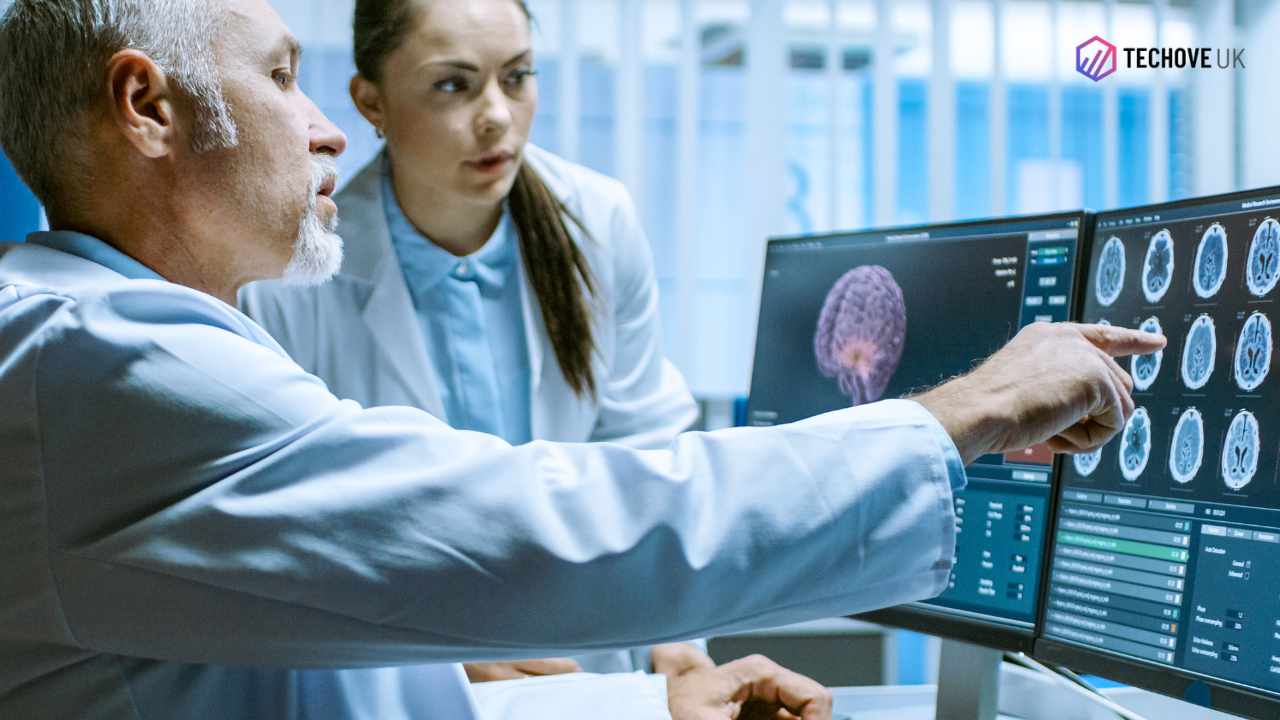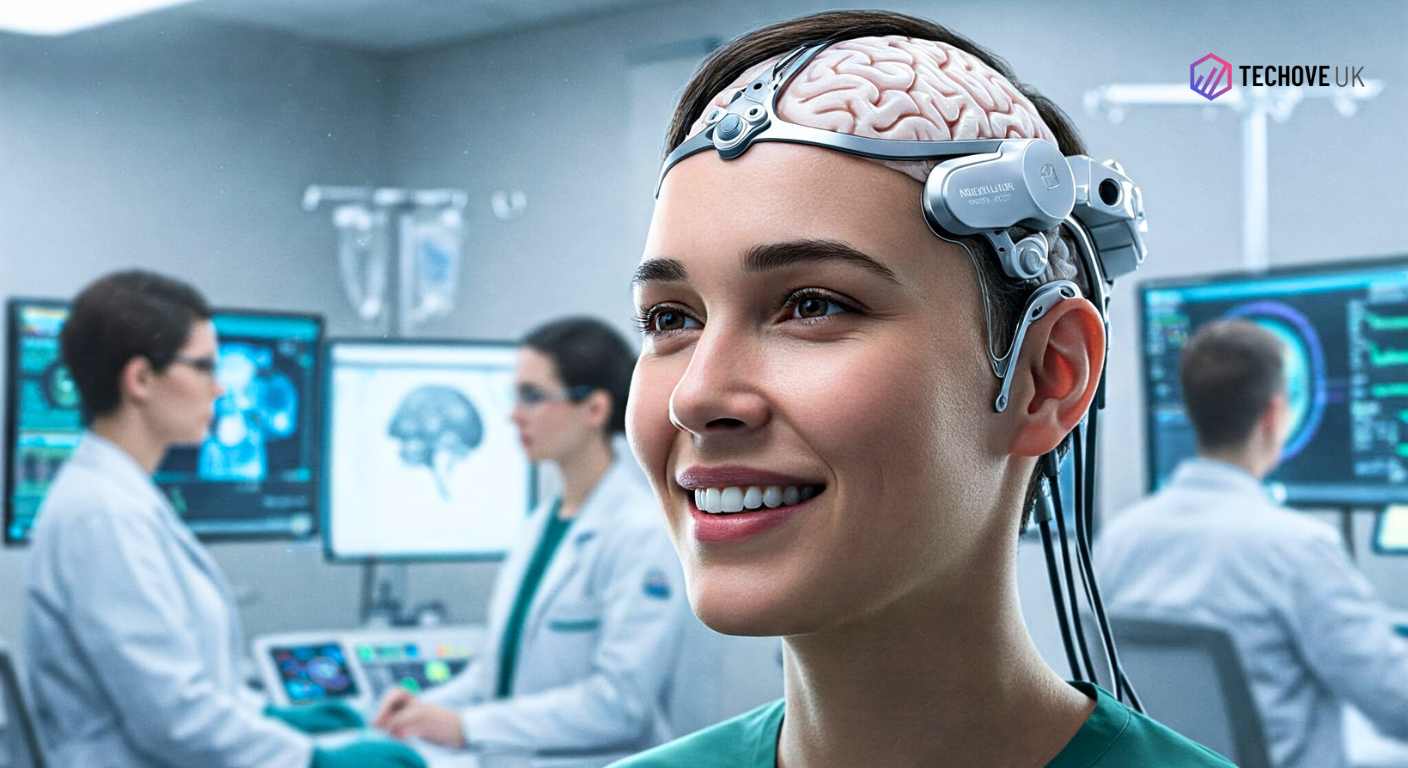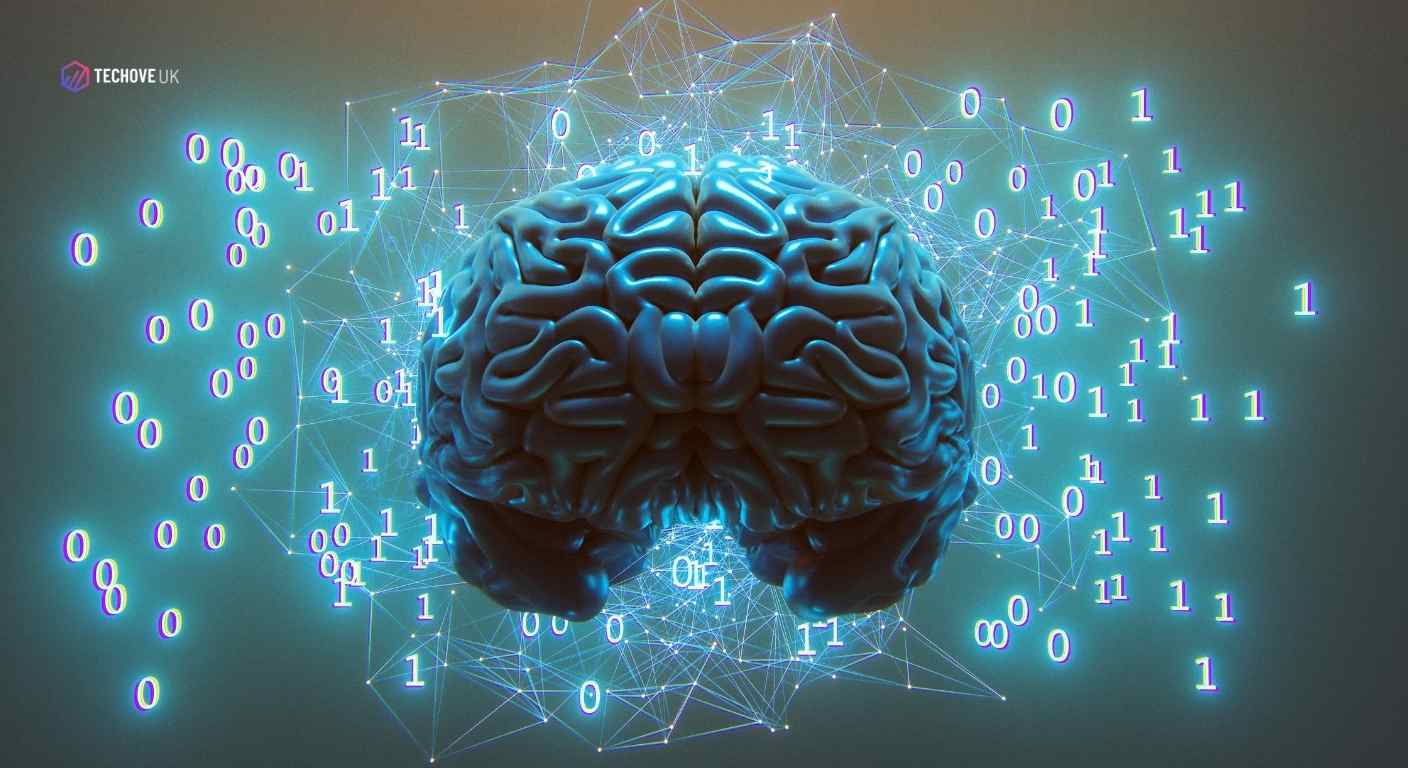Did you know your brain holds more connections than there are stars in our galaxy? It’s like a super-busy city, running 24/7, even when you sleep! For a long, long time, we couldn’t see what was happening inside. However, scientists now have remarkable tools to delve deeply into our minds. So, what technologies do neuroscientists use for research?
Get ready! We’re going on a tour of a brain scientist’s toolbox. We’ll see the cool gadgets and smart computer programs they use. These tools help us learn about how we think, feel, and remember. They also help us understand brain problems and find ways to help people. Even if you’re not a scientist, you’ll find this stuff super interesting! Let’s dive in!
What Technology Does Neuroscience Use? The Brain Explorer’s Kit
Imagine you want to know everything about a hidden jungle. You’d need maps, binoculars, and maybe even listening devices. Brain scientists, or neuroscientists, need tools like that, but on a much higher level of technology.
Here are some main types:
1. Seeing the Brain Think (Brain Pictures): These tools capture images and videos of the brain in action.
- fMRI (Functional Magnetic Resonance Imaging): This is a big machine that acts like a brain scanner. It doesn’t see brain cells, but it sees where the blood goes. When one part of your brain gets busy, it calls for more blood, just like you need more water when you run. fMRI shows these “busy spots” on a 3D map. It tells us where things happen.
- EEG (Electroencephalography): This resembles a swim cap with multiple wires. These wires detect the tiny electrical signals your brain produces. Think of it like listening to the “music” of your brain waves. EEG is swift, allowing us to detect when events occur in the brain.
- PET (Positron Emission Tomography): This tool enables scientists to visualise the chemicals at work in the brain. They put a tiny, safe amount of a special substance (a tracer) into the body. This tracer sticks to certain brain chemicals. PET scans can then show where these chemicals are, helping us understand diseases like Alzheimer’s.
- Microscopes: To see the tiny brain cells (neurons) up close, scientists use super-strong microscopes. These aren’t like the ones in school! They use lasers to examine the brain’s inner workings, often in animals, to understand how all the neurons are connected.
2. Talking to the Brain (Waking It Up or Calming It Down): Sometimes, scientists need to gently “nudge” the brain to see what it does.
- TMS (Transcranial Magnetic Stimulation): This uses magnets! A special wand is held near the head. It sends magnetic waves that can temporarily increase or decrease the activity of a small part of the brain. It’s like flipping a light switch in one room to see what happens.
- DBS (Deep Brain Stimulation): This is often used to help individuals with conditions such as Parkinson’s disease. Doctors put tiny wires deep inside the brain. These wires send little electrical signals to help control shaking or other issues. Scientists learn a lot from how this helps.
- Electrophysiology: This means listening very closely to brain cells. Scientists use tiny, tiny wires (sometimes smaller than a hair!) to record the “pops” and “zaps” of single brain cells. It’s the most direct way to hear what cells are saying.
3. Reading the Brain’s Building Plans (Genes and Cells): The brain is constructed from tiny components, following the instructions encoded in our genes.
- Optogenetics: This is like science fiction! Scientists can alter brain cells so that they can be turned on or off with light. They can shine a tiny light beam onto specific cells and control them. This helps them figure out exactly what each group of cells does. Imagine controlling brain cells with a flashlight!
- CRISPR: This is like a “find and replace” tool for genes. Scientists can use it to change the instructions in brain cells. This helps them learn how genes contribute to the development of our brains and how they can lead to problems.
✔️Related Post: Neuralink Human Trials: Discover the Future of Brain Computer Interfaces?
What Software Do Neuroscientists Use? The Brain’s Code Breakers
Getting pictures and signals from the brain is great. But it makes a huge amount of information. It’s like having millions of photos of that jungle. You need special computer programs, or software, to make sense of it all.
Data Sorters:
- MATLAB: This is a popular programming language that facilitates mathematical calculations and graphing. Many brain-study tools work with MATLAB.
- Python: This is a computer language that’s becoming super popular. It’s free and offers a range of tools (we’ll discuss them further!) for analysing brain data, identifying patterns, and creating visualisations.
- R: This is another free tool that’s really good at statistics – the math scientists use to know if their findings are real.
Brain Picture Viewers:
- SPM, FSL, AFNI: These are special software packages made just for looking at fMRI and PET scans. They help clean up the pictures and find the busy spots.
Brain Builders:
- NEURON, GENESIS: These programs let scientists build fake brains on a computer! They can create models of brain cells and observe how they function. It’s like building a model city to test how traffic flows.
What Equipment Do Neuroscientists Use? The Lab’s Gadgets
What does a brain lab actually look like? It’s full of cool stuff!
- MRI Scanners: Those giant, tube-like machines for fMRI. They cost millions!
- EEG Caps: Those swim caps with wires and sensors.
- Microscopes: Fancy ones with lasers and cameras.
- Recording Rigs: Special tables with tiny tools, wires, and screens for listening to brain cells.
- Testing Rooms: Places where people or animals do tasks (like playing games or solving puzzles) while scientists watch their brains. These might have eye-trackers or virtual reality (VR) goggles.
- Surgery Rooms: Clean rooms equipped with specialised tools for any work that requires precision inside the brain.
- Super Computers: Because brain data is so big, labs need very fast computers to handle it.
- Lab Benches: Tables with bottles, tubes, and machines for studying brain chemicals and genes.
What Are Neuroscience Techniques? The Scientist’s Playbook
Having tools isn’t enough. You need a plan! Neuroscience techniques are the methods scientists use to answer questions.
- Making a Plan: First, they consider a question, such as “Does music change your mood by altering your brain?” Then they plan an experiment to find the answer.
- Getting the Data: This involves using tools such as fMRI or EEG to record brain activity during the experiment.
- Cleaning the Data: The signals from the brain can be messy. Scientists use computer programs to clean them up and find the important bits.
- Doing the Math: They use statistics to determine if the changes they observed are fundamental or just a coincidence.
- Building Models: They might use computer models to illustrate how they think the brain works, based on their findings.
Is AI Used in Neuroscience? Enter the Super-Smart Helper
Yes! AI, or Artificial Intelligence, is a significant development in brain science today. AI is like a super-smart computer helper. It can see things in brain data that humans might miss.
Here’s how AI helps:
- Finding Clues: AI can examine thousands of brain scans and identify subtle clues that may indicate the presence of a brain disease, long before a doctor can detect it.
- Reading Minds (Almost!): Scientists are using AI to try and figure out what someone is seeing or thinking, just by looking at their brain signals. This could help people who are unable to speak or move.
- Making Better Models: AI helps build those computer brains we talked about, making them more like real brains.
- Sorting Pictures: AI can analyse microscope images and count brain cells or identify connections much faster than a person can.
AI doesn’t replace scientists. It gives them superpowers to better understand the brain!
Does Neuroscience Use Coding? You Bet!
Do brain scientists need to know how to write computer code? Increasingly, the answer is yes!
Why?
- Too Much Data: There’s just so much information! Ready-made programs often can’t handle it all or do exactly what the scientist needs.
- Special Jobs: Coding enables scientists to build their own tools to answer their unique questions.
- Saving Time: They can write code to automate boring, repetitive tasks.
- Building Models: You need code to build those computer brains.
- Sharing: When scientists share their code, others can see exactly what they did and check their work. This is good for science!
Is Python Used in Neuroscience? The New Favourite Language
We mentioned Python before. It’s a computer language, and it’s become a huge hit with neuroscientists.
Why Python?
- It’s Free! Anyone can use it.
- Tons of Tools: It features numerous free add-ons (called libraries) specifically designed for science, math, and even brain research.
- Does Many Things: You can use Python for almost any computer job.
- Easy to Learn: Compared to other computer languages, Python is easier to read and learn, even for scientists new to coding.
Learning Python is a great idea for anyone who wants to become a brain scientist.
Does NASA Have Neuroscientists? Our Brains in Space!
Yes, NASA needs brain scientists, too! Going to space changes your body, and that includes your brain. NASA needs to know how.
- Floating Around: What happens to your balance and sense of direction when there’s no gravity? Scientists study this using EEG and other tools, sometimes even in space!
- Space Rays: Space has more radiation than Earth, which can be risky for astronauts’ brains. Scientists study these risks.
- Being Alone: Long trips in a small ship can affect how astronauts feel and think. Neuroscientists study this, too.
- Future Tech: NASA is exploring ways astronauts could use their brain signals to control devices, such as robots.
Studying brains in space helps keep astronauts safe. It also teaches us more about how our amazing brains work right here on Earth.
Who Are the Best Neuroscientists in the World? Brain Superstars!
It’s hard to pick the “best,” because so many smart people study the brain! But here are a few who used technology to change how we see the brain:
- Santiago Ramón y Cajal: He lived long ago but is called the “father” of brain science. He used a special stain (a type of dye) and a microscope to visualise brain cells. He demonstrated that the brain is composed of separate cells, not a single, unified network. He utilised the best tools available to make significant discoveries.
- Eric Kandel: He won a big prize (the Nobel Prize) for figuring out how memories are stored in brain cells. He used tiny wires (electrophysiology) to study sea slugs (which have simple brains) and discovered the building blocks of memory.
- Karl Deisseroth: He helped invent optogenetics – a superb technique that uses light to control brain cells. His work provided scientists with a powerful new tool to understand how brain parts function together. He’s a modern tech wizard!
- Demis Hassabis: He started a famous AI company, but he’s also a brain scientist. He utilises ideas from the brain to create more intelligent AI, and leverages AI to aid in understanding the brain. He shows how AI and brain science help each other.
These scientists, along with many others, demonstrate the importance of technology in learning about the brain.
Brain Tools Up Close: A Quick Look
Conclusion: What Technologies Do Neuroscientists Use For Research?
Wow! We’ve seen so many excellent tools that help scientists explore the brain. From giant magnets to tiny lights and intelligent computers, technology plays a key role in solving the brain’s puzzles. It helps us understand ourselves and find ways to address problems when our brains don’t function properly.
And things are moving fast! New tools are continually being invented. They are getting better, safer, and able to see even more. The link between brain science, engineering, and AI means we will learn even more in the future.
So, when you think about how amazing your brain is, remember all the cool tech and smart people working to understand it. It’s one of the biggest adventures in science! What part of the brain mystery do you hope we solve next?





